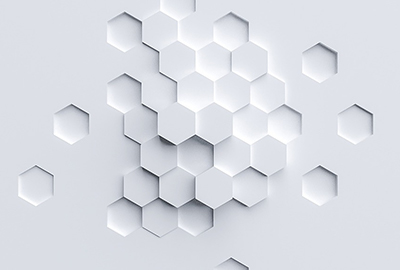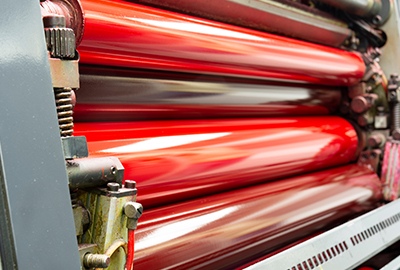Not knowing the best technique or commercial printer for your project can have your design appear low-quality and cheap. Knowing which printing technique to use for your graphic designs will bring them to life, and stand out, as you intended.
atlantagraphicsandprinting.com gathered the following information on seven printing techniques that can make your graphic design project attract attention and appear flawless.
1. Embossing and Debossing

Embossing and debossing are two printing techniques used to either impress or depress an image into a paper substrate. These popular print effects are ideal for giving your print project a fresh, contemporary look. Consider the following:
What is Embossing? – To emboss, a die, which is a personalized metal plate that’s formed or cut into the image you want to emboss. The die presses into the stock like a stamp and slightly raises images off the paper of your print design. The die can be single-level or multi-level, where a single-level raises your image to one consistent height or depth. In contrast, a multi-level die produces a more complex emboss or deboss.
What is Debossing? – Debossing is the opposite of embossing. Debossing is when an image is imprinted into your piece, creating a depressed effect. Just like embossing, you can choose to leave the debossed area as-is or fill it in with ink or foil stamping. Unlike embossing, debossing doesn’t interfere with the back of your print piece, allowing you to use both sides. Debossing can be used on its own or in conjunction with embossing.
2. Screen Printing
Screen printing or silkscreen printing is a printing technique where a mesh is used to transfer ink (one color at a time) onto a substrate, except in areas blocked by the screen/stencil. A blade or squeegee is moved across the screen to fill the permeable screen with ink, and a reverse stroke causes the screen to touch the substrate momentarily.
This process causes the ink to wet the substrate and be pulled out of the mesh apertures as the screen springs back after the blade has passed. One color is printed at a time, so several screens can be used to produce a high-quality, multi-colored image or design.
3. Offset Lithography
Offset printing or offset lithography is a method of mass-production printing where text and images on metal plates are transferred (offset) to a rubber blanket or rollers and then to the print substrate. In this process, the print substrate, usually paper, does not contact the metal plates.
4. Letterpress Printing
Letterpress is the oldest printing method dating back to the 15th century. A letterpress printing technique is rather difficult when compared to other technologies as it requires significant work. However, the extra effort is rewarding since letterpress prints look stunning on paper. The main complexity of this printing method is arranging letters before they are stamped.
5. Foil Printing

Foil printing is the process of adding metallic colors to business, presentation, and marketing materials like business cards, booklets, flyers, or product tags. This process adds a luxurious, eye-catching finish to any item or project.
6. Die Cut
Die-cutting is a process where a die is used to cut materials like paper and cardstock on a die press. The process allows you to make repeated identical cuts into material. For each job, a die, which is a shaped blade, is custom-made for the item or component being created.
The term “die” originated in the 1800s when mass-production of similar shaped and sized items became popular, “die” was used to indicate that it was “machine made.” “Cut” refers to creating a custom shape, and “die cutting” is the casting and cutting of shapes.
Note: The term die-cut lies in cutting irregular shapes in paper or stock using a die. In printing, there is a variety of die usage, and you can utilize it to cut, stamp and score, emboss and deboss.
7. Thermography
Thermography is a specialized printing process that seamlessly combines offset printing ink with a powdered resin that is baked, so the resin rises to give the ink an attractive raised and textured effect.
The image or text is first offset printed with slow-drying ink. Next, the wet printed substrates travel through a resin-dusting tunnel, the areas with ink are covered with resin, and the excess is vacuumed off. Heat is then applied, melting the resin to form a raised, glossy, and enlarged image.
Note: Thermographic Printing is a cheaper printing technique when compared to engraving, embossing, and debossing. Designers widely employ it for conveying prestige through printed pieces.
Tip: There are several powder types used in thermography: fine, medium and coarse, dull, matte, and gloss. The powders are transparent, so they assume the underlying ink’s color.
Printing Techniques in Graphic Design
In this article, you discovered seven printing techniques that can help you create a perfect finish for your graphic design project.
Knowing which printing techniques you can use for your graphic design project will help you better attain the finished image you envisioned for your project when it began.
Ignoring the available printing options for your graphic design project can leave you limited and challenged when trying to achieve a professional look.
Sources:
sessions.edu/notes-on-design/printing-101/
pirate.shu.edu/~mckenndo/Printing%20processes.htm
ehs.princeton.edu/health-safety-the-campus-community/art-theater-safety/art-safety/lithography-and-relief-printing

